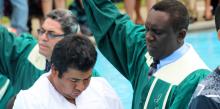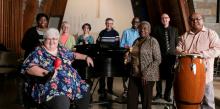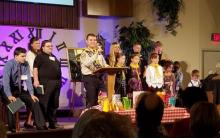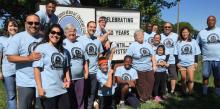Los líderes de la Unión de Columbia anunciaron los presentadores para “Levántate”, la 2017 Cumbre de Jóvenes Adultos de la Unión de Columbia. Steve Case (en la foto), presidente de Involve Youth en California, será el orador principal. Tiffany Brown, directora de la Escuela de Evangelismo Urbano REACH de la Unión de Columbia, Kris Eckenorth, pastor de la iglesia G race Outlet en Reading, Pennsylvania y Marquis Johns, pastor principal de la iglesia de Filadelfia Norte, serán algunos de los presentadores.
race Outlet en Reading, Pennsylvania y Marquis Johns, pastor principal de la iglesia de Filadelfia Norte, serán algunos de los presentadores.
Inscríbase y lea más en youngadultsummit.org.









 To order extra copies of the Columbia Union Calendar 2017, email Shirley Rowley at
To order extra copies of the Columbia Union Calendar 2017, email Shirley Rowley at 